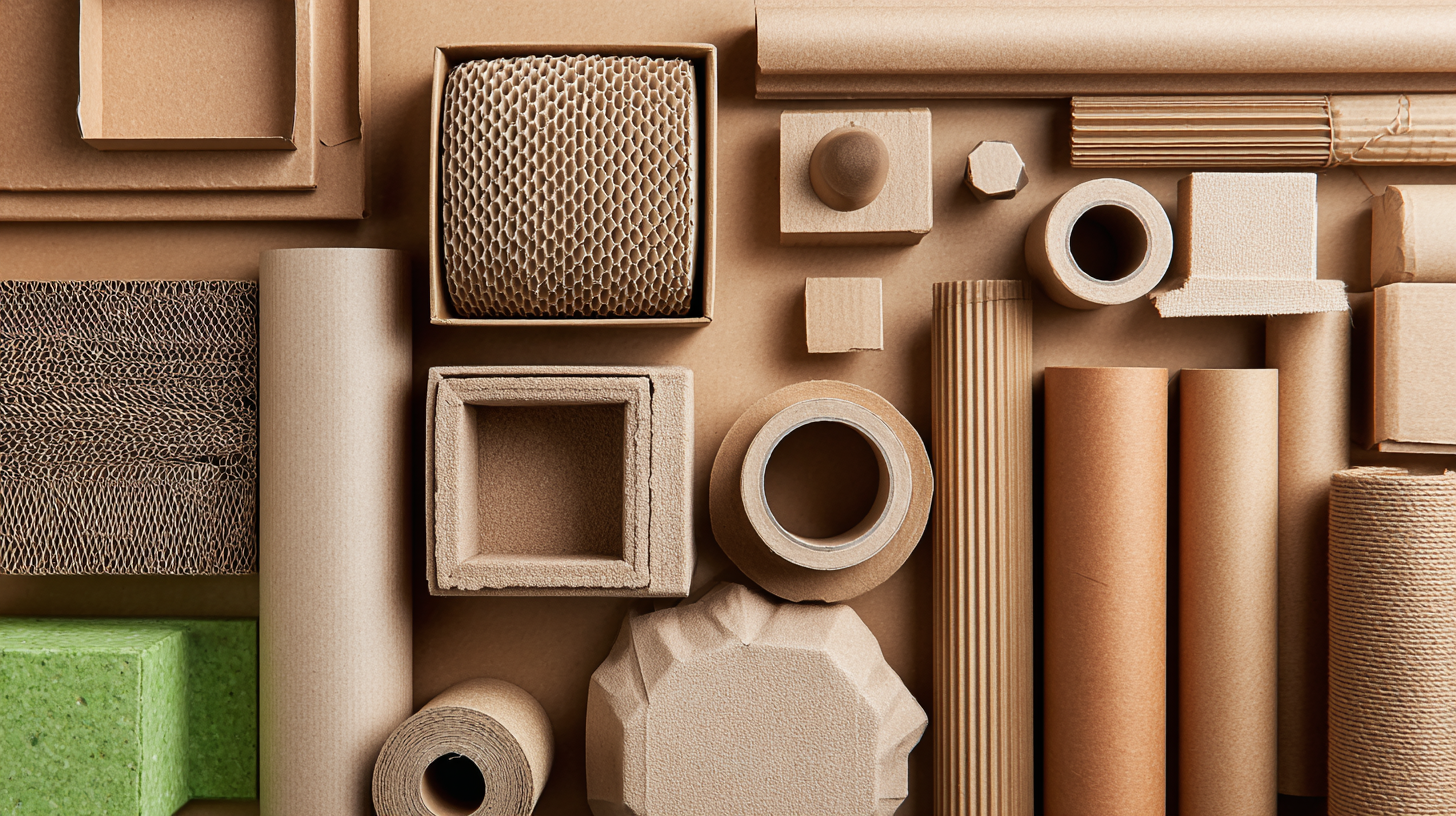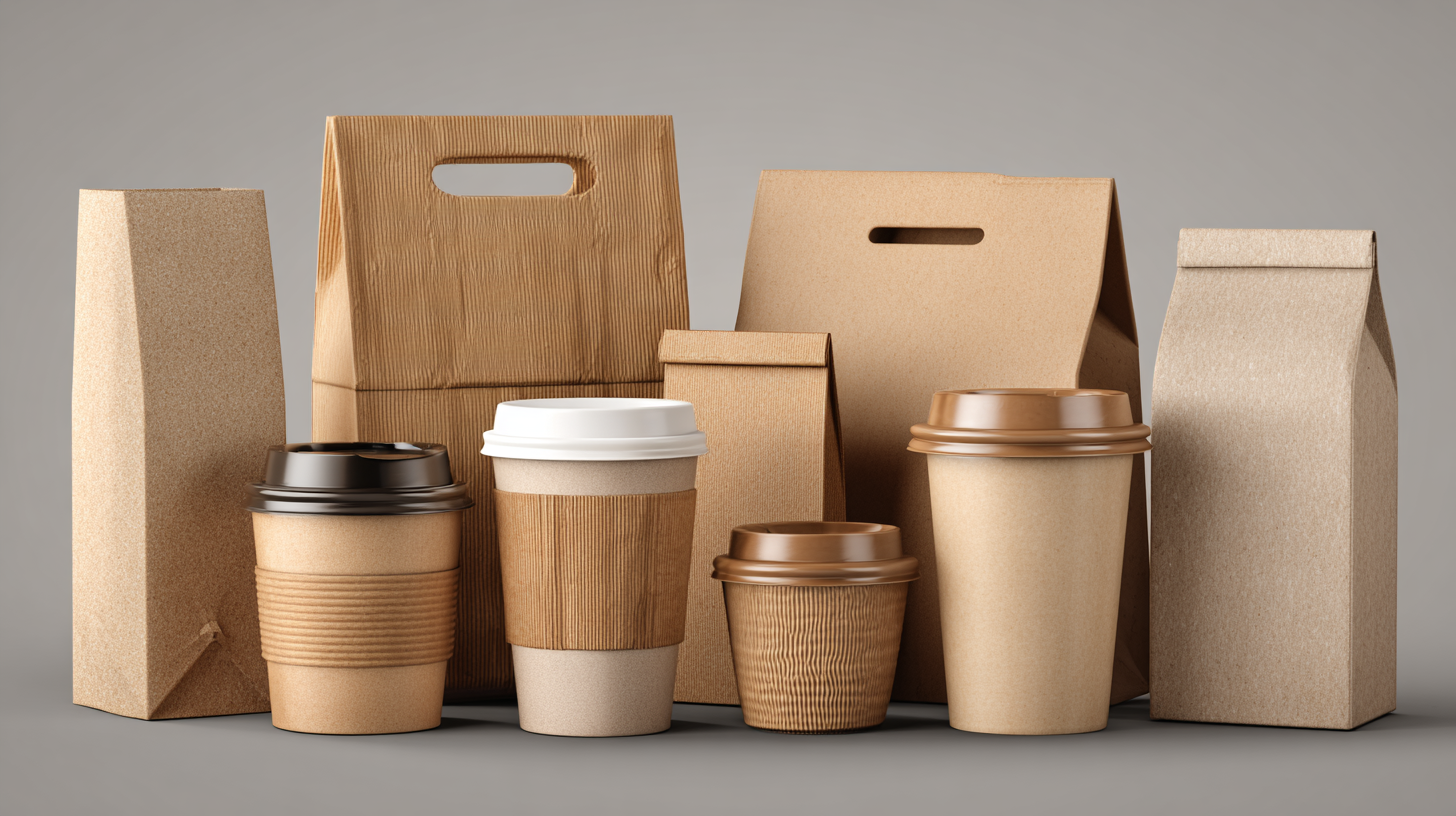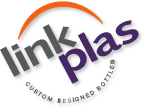Exploring Eco Friendly Alternatives in Best Packaging Supplies
In today's rapidly evolving market, the demand for sustainable practices is increasingly influencing the packaging industry. As we navigate towards 2025, businesses are challenged not only to enhance their efficiency but also to incorporate eco-friendly alternatives in their packaging supplies. This blog explores the latest technological trends shaping the future of packaging, highlighting innovative solutions that reduce environmental impact while maintaining functionality.

From biodegradable materials to minimalistic designs, we will uncover how various companies are adapting to meet consumer expectations for sustainability. By examining the "how to" strategies employed by industry leaders, we aim to provide insights that will aid businesses in transitioning to greener packaging supplies, ultimately fostering a more environmentally responsible approach to commerce.
Join us as we delve into the exciting world of eco-friendly packaging solutions that are set to redefine the industry landscape.
Exploring the Rise of Sustainable Packaging Solutions in the Global Market
The global market for sustainable packaging solutions is witnessing notable growth, as consumers and companies alike prioritize eco-friendly alternatives. By 2024, the snack packaging market, which prominently utilizes materials like polyethylene (PE) and polypropylene (PP), is expected to reach a value of $20.07 billion and is projected to grow at a compound annual growth rate (CAGR) of 4.77%, ultimately reaching $29.15 billion by 2032. This expansion reflects a shift towards more environmentally responsible packaging methods, such as blow molding and profile extrusion, which cater to the increasing demand for sustainable options.
Moreover, the corrugated box market is also on an upward trajectory, with an anticipated value of $171.37 billion by 2024, expanding to $230.87 billion by 2032. The transition towards using recyclable and biodegradable materials is becoming increasingly critical, aligning with the industry's move towards sustainability. Similarly, the flexible film market is expanding, driven by the growing demand for lightweight, easily handled packaging solutions that minimize environmental impact. As these sectors evolve, innovation in sustainable materials and manufacturing processes will undoubtedly play a crucial role in shaping the future of packaging in the global marketplace.
Exploring the Rise of Sustainable Packaging Solutions in the Global Market
Analyzing the Environmental Impact of Traditional Packaging Materials vs. Eco-Friendly Alternatives
The shift towards eco-friendly packaging has gained significant momentum, driven by growing environmental concerns and consumer demand for sustainable alternatives. Traditional packaging materials, such as plastics, have often come under scrutiny for their environmental impact.
According to recent market analysis, the biodegradable plastic market is projected to grow substantially, with an estimated size increasing from $2.8 billion in 2023 to a significant share by 2031. This shift reflects the wider industry trend towards sustainable packaging solutions that minimize ecological footprints.
Moreover, the eco-friendly food packaging market alone is expected to reach a staggering $199.7 billion by 2024, with a compound annual growth rate (CAGR) of 6.6% through 2034. The increase is largely attributed to the adoption of biodegradable and compostable materials, highlighting a clear consumer preference for environmentally responsible options. Additionally, the mycelium-based packaging segment is estimated to witness impressive growth rates, driven by the increasing demand for sustainable and compostable alternatives. This shift not only aligns with global initiatives to combat climate change but also presents an opportunity for businesses to innovate and adapt to a more sustainable future.
Current Industry Trends: The Shift Towards Biodegradable and Compostable Packaging
As businesses increasingly prioritize sustainability, the shift toward biodegradable and compostable packaging has become a defining trend in the packaging industry. According to a recent report by Grand View Research, the global biodegradable plastics market is expected to reach $22.9 billion by 2026, growing at a CAGR of 16.5%. This surge reflects not only consumer demand for eco-friendly products but also regulatory pressures advocating for reduced plastic waste.

Tips for choosing sustainable packaging include evaluating materials based on their lifecycle impact and ensuring certifications for compostability. For instance, brands can look for packaging made from plant-based materials like PLA (polylactic acid) or those that meet ASTM D6400 standards for compostability. By integrating these materials, businesses not only contribute to environmental conservation but also appeal to the growing number of eco-conscious consumers.
Furthermore, recent studies indicate that 74% of consumers are willing to pay a premium for products packaged sustainably. This insight suggests that investing in biodegradable options can bolster brand loyalty while aligning with the values of an environmentally aware market. Companies should also consider collaborating with suppliers who prioritize innovation in sustainable packaging solutions, fostering both environmental responsibility and competitiveness.
Key Statistics on Consumer Preferences for Sustainable Packaging Options
In recent years, consumer demand for sustainable packaging has surged, driven by increasing awareness of environmental issues. According to a report by Nielsen, approximately 73% of global consumers are willing to change their consumption habits to reduce their impact on the environment. This trend reflects a significant shift in consumer preferences, where eco-friendly packaging options are no longer just a marketing strategy but a vital component of brand loyalty.

Moreover, a survey conducted by McKinsey highlights that 60% of consumers consider the sustainability of packaging when making purchasing decisions. The findings suggest that brands embracing eco-friendly alternatives, such as biodegradable materials and recycled content, are likely to attract a more conscious consumer base. This transition isn't only beneficial from an ethical standpoint; it also presents businesses with an opportunity to differentiate themselves in a crowded marketplace. As more consumers prioritize planet-friendly practices, companies that align with these values can expect enhanced customer engagement and increased sales.
Innovative Eco-Friendly Packaging Materials: Case Studies from Leading Manufacturers
In the quest for sustainability, leading manufacturers have begun exploring innovative eco-friendly packaging materials that not only reduce environmental impact but also meet consumer demands for quality. One notable case study comes from a prominent beverage company, which transitioned from traditional plastic packaging to biodegradable alternatives made from plant-based materials. This shift not only significantly lowered their carbon footprint but also resonated with environmentally conscious consumers, reinforcing brand loyalty.
Another example can be found in the fashion industry, where a major clothing retailer has implemented recycled paper and compostable mailers in their shipping processes. This initiative has not only addressed the growing concern over single-use plastics but also showcased the company’s commitment to sustainability. By partnering with suppliers who prioritize eco-friendly practices, they’ve established a supply chain that reflects their values, ultimately enhancing their brand image while contributing positively to the planet.
Exploring Eco Friendly Alternatives in Best Packaging Supplies
| Material Type | Source | Biodegradable | Recyclable | Use Case | Impact Reduction (%) |
|---|---|---|---|---|---|
| Kraft Paper | Recycled Wood Pulp | Yes | Yes | Box Packaging | 40 |
| Bioplastics | Corn Starch | Yes | No | Flexible Packaging | 30 |
| Mushroom Packaging | Agricultural Waste | Yes | Yes | Protective Packaging | 50 |
| E-Commerce Mailers | Recycled Plastic | No | Yes | Shipping | 25 |
| Plant-based Foam | Plant Oils | Yes | Yes | Shock Absorption | 45 |
CONTACT US
|
